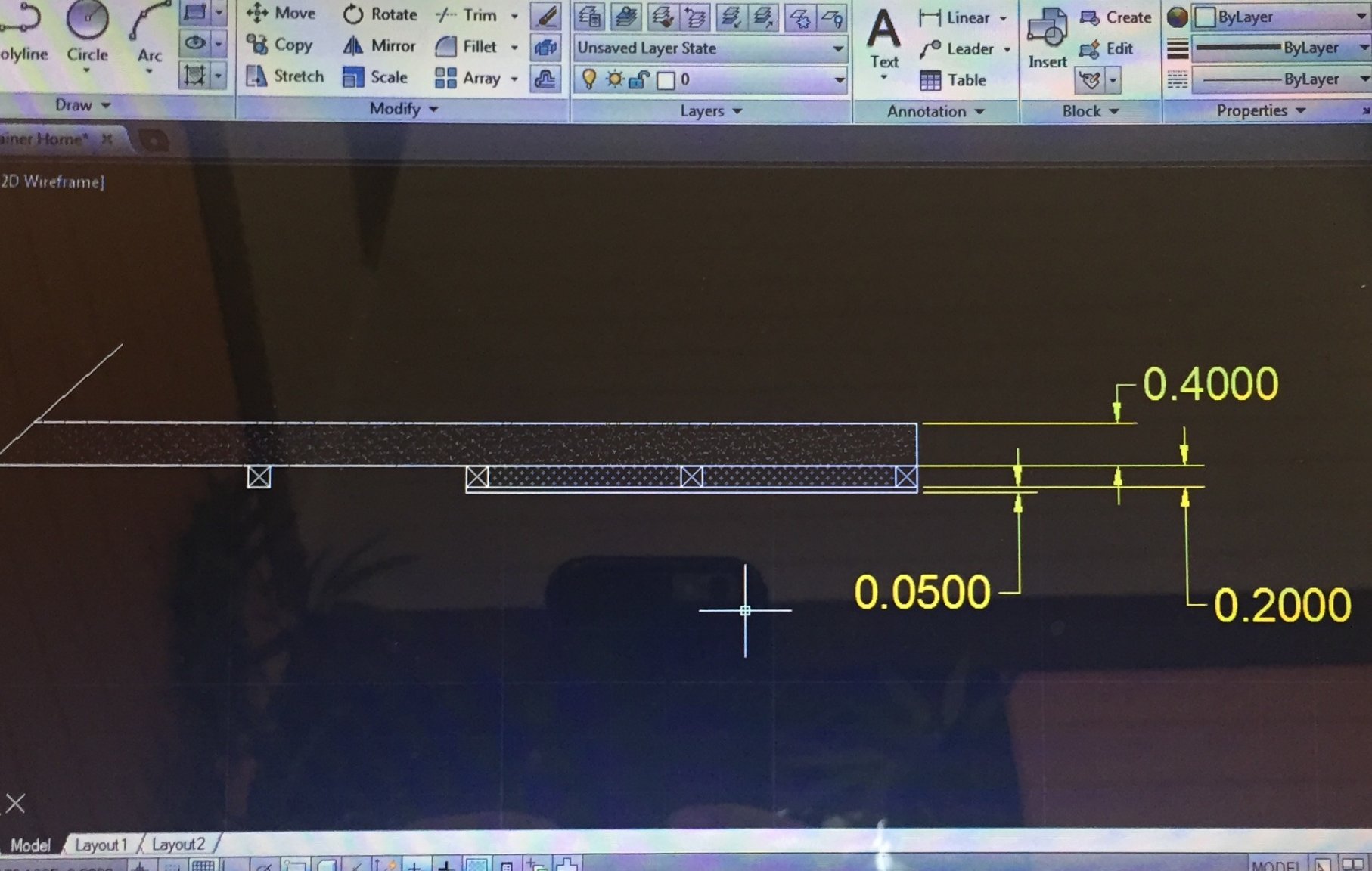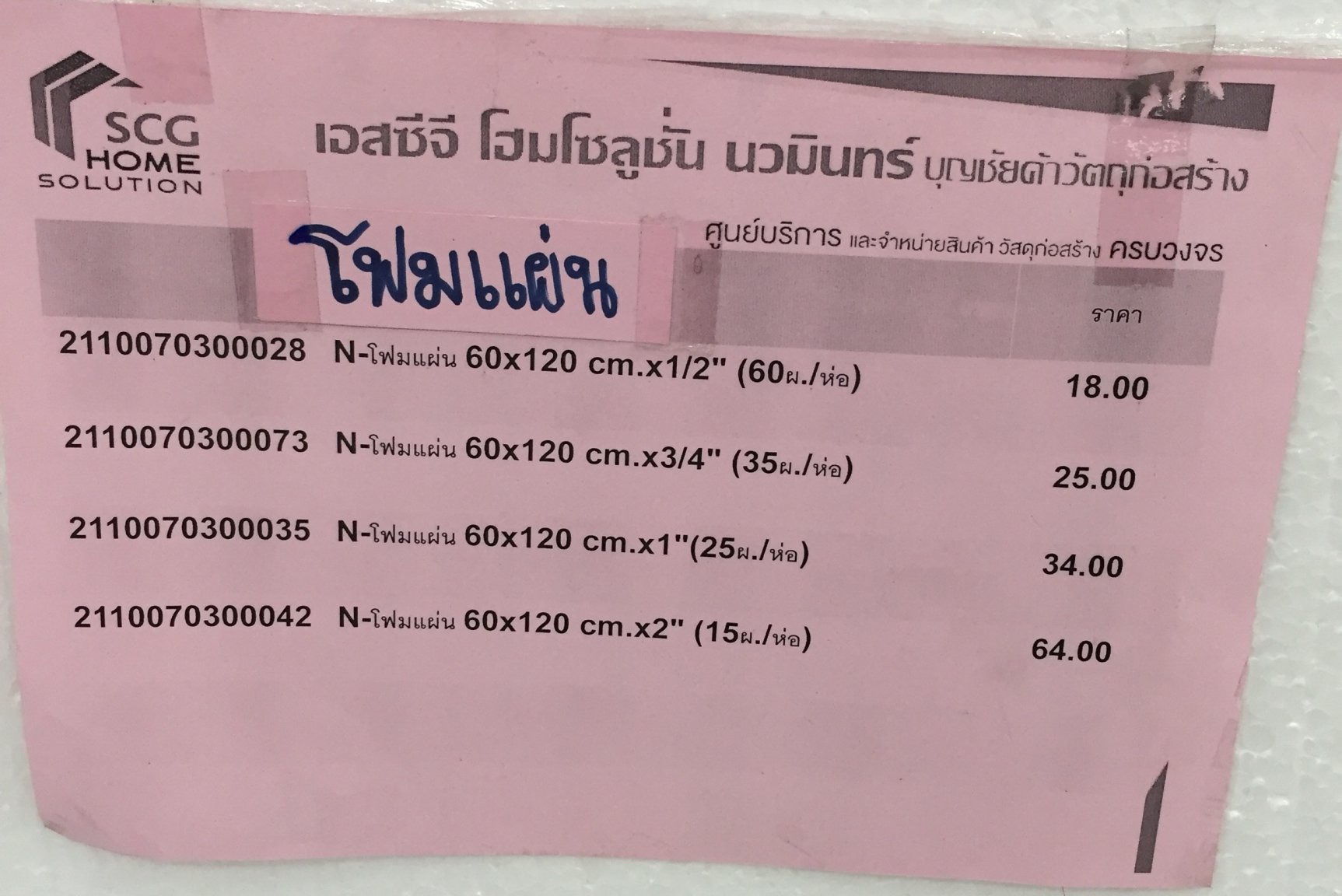
Foozool
-
Posts
888 -
Joined
-
Last visited
Content Type
Events
Forums
Downloads
Quizzes
Gallery
Blogs
Posts posted by Foozool
-
-
Not sure what kind of sickness it could be, but I heard that a Japanese man came up with same idea years ago. There was no security camera, but a neighbor set a camcorder behind a window. They cold catch tha panty lover.
-
Brainless is not only behind a sedan or a pick up.
-
-
He could be paid for what he tried to do. Someone else must be behind this.
a woman ? Maybe . ?
-
You need to remove the light assembly and seal the possible gap between body of light and exterior piece (red glass) by clear silicone.
I guess you need to remove 3 or 4 nuts to get the light out.
I have done this for my DIL car. It is an older Vios model.
-
She always tells me " go see your ladies friends" otherwise you get board. ?
-
??? bicycle lane for Thai ❗️
How many people know what that lane is for ? Even if they know ?, so what, who cares.
Perhaps you need to educate people (that probably will take years) before any project.
Just like "no motorcycle" in pavement.
???
-
I'm wondering how those people who have already tried the taste of it. ?
-
If you are family of 2, you just need a small tank + pump
-
 1
1
-
-
Cutting artillery shell by torch ❗️?
it seems there was some of TNT wax was left inside the shell and he did not notice it (if he had knowledge of it). He could be in pieces if it was full.
-
One more brainless. ☠️
-
8 hours ago, webfact said:
"Taxis in Pattaya: We don't want Uber - we don't want Grab Car. We don't want any illegal cars here".
We want to be a "legal gang". Take over the town and rip-off people.
-
1 hour ago, MrDetUdom said:
This is exactly the kind of thing that I would expect to happen here. (Although out where we are, it's more likely to be a drunken farmer driving their tractor into a power pole)
Thanks Bantext. This sounds like good advice. I'm still not convinced that I could find someone to do it properly. I'm out in Isaan, and the local attitude seems to be total disdain to doing anything correctly. The shittier people do something, the more proud they are. It wouldn't surprise me if the banks/hospital/etc. drive their electricians in from somewhere else. I already checked out the big hardware stores out to the big town which is 1.5 hr drive away, and they don't stock anything larger than 6mm2 wire. On top of that, this is a new house, which means they wired up the house internally first, and then the PEA came to "inspect" and connect us to the grid. The PEA were probably just happy there were no chickens nesting in the CU.
The only issue is that my experience in Thailand has been that if you want something done right, you have to do it yourself. Even "professionals" seem happy as long as things work on the surface, even if behind the scenes is a complete mess. Maybe I could do all the wiring and then try and find someone to come in and check it all. At least that way, I'd know for certain that the correct wire gauges were used and all of the ground wires are correct. Plus, I'd like to find actual junction boxes if possible (I've read on this forum that they're hard to get in Thailand, but I could get friend/relatives to ship some over from Australia)
I haven't had a good opportunity to test this yet. I'm not sure exactly what the push-button switch on the RCBO is supposed to do. Can you give me a heads-up of what should happen before I go and test it? It's clearly not the test button, since that is separate.
Thanks Foozool. I'm simply going to have to rewire everything anyway, so the color codes at the outlets will all get redone then. I was considering keeping the 1.5mm2 for the the lighting, but when I mapped out the breaker circuits to the physical house, it turns out that the "lighting" circuit (the circuit the builder told us was all of the lighting) only has one of the lights on it. The rest of the lights are spread out across 4 different circuits. I figure I'll keep the wiring that runs from the light switches to the lights, and replace everything else and also remap the circuits.
For the new circuit arrangement, I figure:
1. All lighting (10A)
2. Water heater (32A)
3. Oven/stove (32A)
4. Other kitchen sockets (20A)
5. Back room sockets (washing machine + water pump) (16A)
6. Outdoor (front/back porch lighting + front porch outlet) (10A)
7. All other sockets (basically lounge + 2 bedrooms) (16A)
It would be better if you go with higher rate for #5
Perhaps 20A and 2.5 mm
-
14 minutes ago, cheeryble said:
sorry you already dealt with my questions about foam etc
Be careful with the glue never forget helping dad putting this foam round a loft tank in England. The glue melted the foam to nothing.
But the glue I mentioned will not melt the foam. It comes in tubes just like silicon and needs a gun to be used with. It is designed for rigid foam.
-
 1
1
-
-
Correct colors:
Brown = load
Blue = Nutral
Green = Ground
Perhaps AC guys connected the correct color, but wires are not connected to correct junctions (I see blue wires are connected to breakers). I see mixture of blue and brown at the Nutral bar too.
You can test the wires by a "hot (load) wire tester" . It looks like a small screwdriver with a neon light inside. Only hot ( Load ) wire can light up the neon light (while you hold your finger at the end of the screwdriver).
For checking the ground you need to have a voltmeter. The main ground wire should be individually tested by placing a voltmeter between Load wire and Ground wire ( ground wire must be separated from the junction). the voltage between Ground and Load must be very close to Voltage between Load and Nutral.
I suggest you to hire a real electrician and change the box too since it is too tight ( if length of wires make it possible) and redo the job at the box and check all color codes at outlets, water heater and water pump.
Ground is very important too (must not be connected to Nutral at all).
Some of wires color codes are wrong and could put your life in danger. Especially about water heater.
Ground is very important,
dont forget not doing anything risky.
safty 1st.
good luck
-
Some neutrals are blue color and some are brown ?
-
I don't trust them.

-
Not a professional job. Perhaps by an unlicensed.
Wires must not be on physical tension inside the box and have enough moving freedom without breaking or getting out of breakers.
Sorry,
but it is real mess.
-
This 5 year is a guarantee that she never comes back home.
-
3 hours ago, Laza 45 said:
I take it that AAC blocks are the white aerated concrete blocks ... do you attach the rigid foam and drywall with adhesive?.. What do you use? Is this used as infill for concrete post & beam construction? It is awhile since I did any building.. is the rigid foam commonly available... brand name? Sounds easy to build.. and easy to keep cool.. Thanks for the tips..
Rigid foam will be glued(glue is available for rigid foam at HomePro or Mega Home) to the wall.
Drywalls will be screwed to studs( variety of products at local construction material shops). Any light material. Something like what they use for drop ceilings.
I hope the quick drawing helps to understand it better.
Rigid foam will be placed between posts as the drawing shows. If you pick 2" foam , you will need 2" stud as well.
rigid foams are available at construction material stores.
-
 1
1
-
-
The problem is:
The heads are installed on a farang house wall and someone just wake up and see them and of course don't like the idea on that particular day, mention it on face book and some others wake up as well and agree with the poster.
But really, anybody knows for how long those heads are on the wall ?
Perhaps for quit long.
-
Last Mon I found MBK very quiet❗️
Strang days.
-
-
Germany will ban him soon. ?




Thai chef attacks foreign owner in Pattaya Soi 7
in Pattaya News
Posted
If you want to get involve in business you better have a Thai to deal with Thai.
otherwise this is what happens.